Dry Eye
OVERVIEW
- Symptoms:
Burning, dry or scratchy feeling, blurry vision, red eyes
- Diagnosis:
Dilated eye exam, measuring amount and thickness of tears
- Treatment:
Medicine (usually eye drops), lifestyle changes
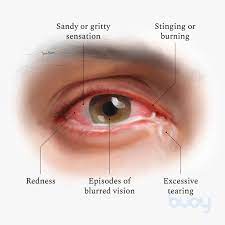
CAUSES
Dry eye happens when your eyes don’t make enough tears to stay wet, or when your tears don’t work correctly. This can make your eyes feel uncomfortable, and in some cases it can also cause vision problems.
Normally, glands above your eyes make tears that keep your eyes wet. Dry eye happens when your tears can’t keep your eyes wet enough.
- Medicines. Dry eye can be a side effect of some medicines that treat conditions like colds and allergies, depression, and high blood pressure.
- Health problems. Some health problems — including diabetes, thyroid problems, and autoimmune disorders like lupus or Sjögren syndrome — can cause dry eye.
- Laser eye surgery. After some types of laser surgery, your eyes may produce fewer tears. Ask your eye doctor how long this side effect usually lasts, and let them know if you have any questions or concerns.
- Windy, smoky, or dry environments. Spending time in these types of places can cause your tears to dry up faster and lead to dry eye.
- Looking at screens for long periods of time. You may blink less when looking at computer or tablet screens, which can lead to dry eye.
SYMPTOMS
- A scratchy feeling, like there’s something in your eye
- Stinging or burning feelings in your eye
- Red eyes
- Sensitivity to light
- Blurry vision
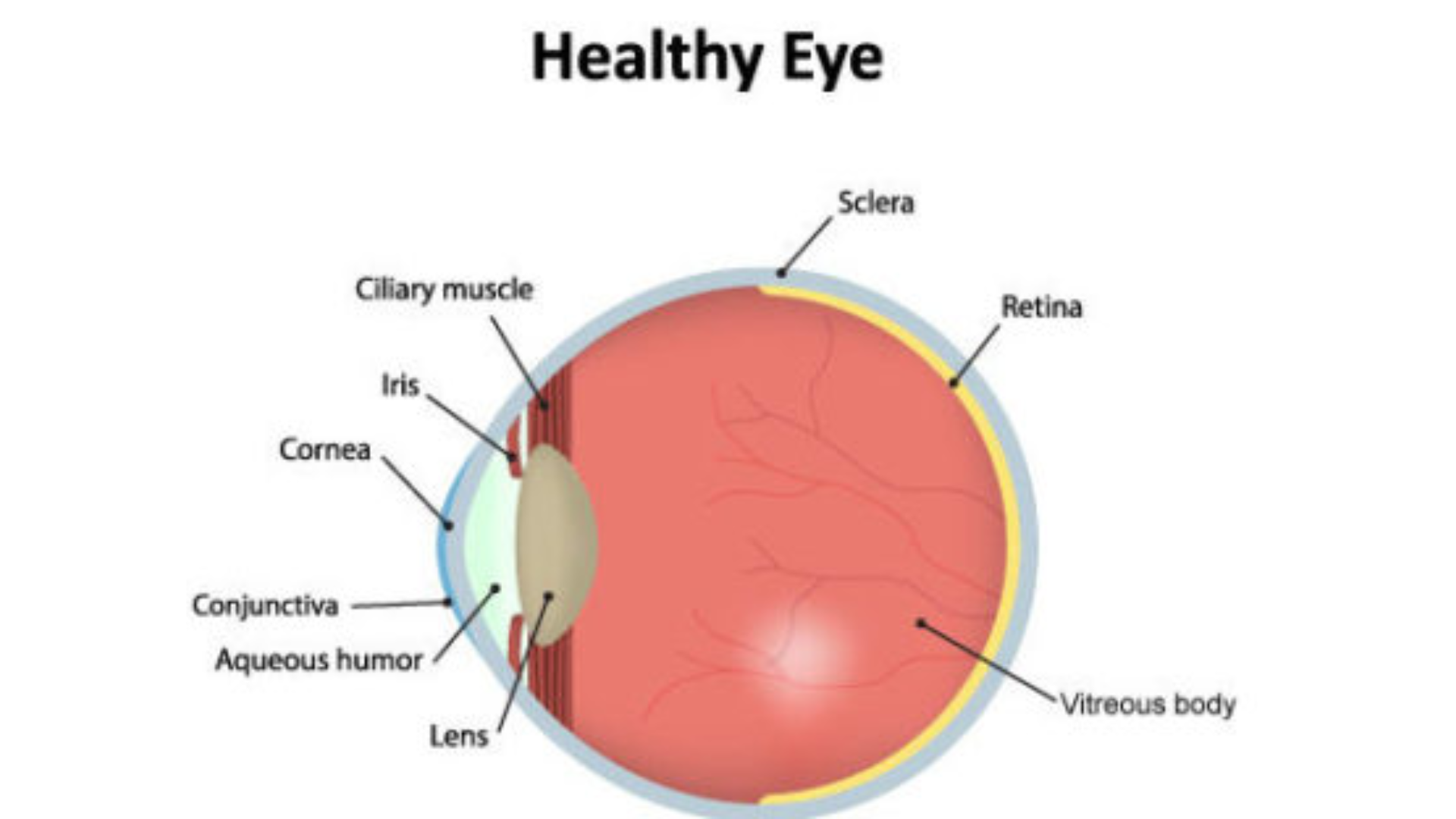
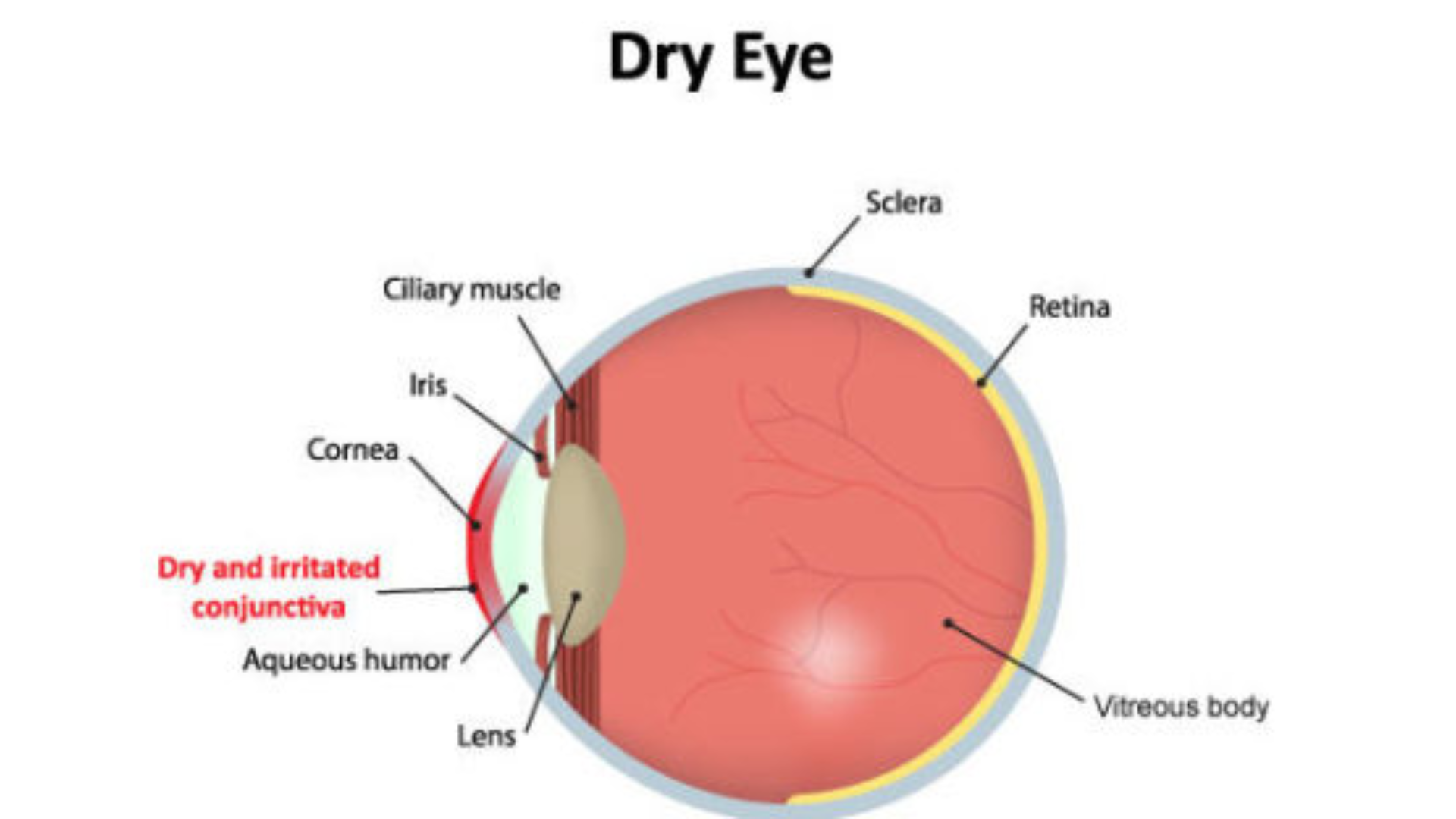
TYPES
Rhegmatogenous Retinal Detachment
Rhegmatogenous retinal detachment is the most common type of retinal detachment. It can happen if you have a small tear or break in your retina.
When your retina has a tear or break, the gel-like fluid in the center of your eye (called vitreous) can get behind your retina. The vitreous then pushes your retina away from the back of your eye, causing it to detach.
What causes rhegmatogenous retinal detachment?
Aging is the most common cause of rhegmatogenous retinal detachment. As you get older, the vitreous in your eye may change in texture and may shrink. Sometimes, as it shrinks, the vitreous can pull on your retina and tear it.
Other things that can increase your risk of rhegmatogenous retinal detachment are eye injuries, eye surgery, and nearsightedness.
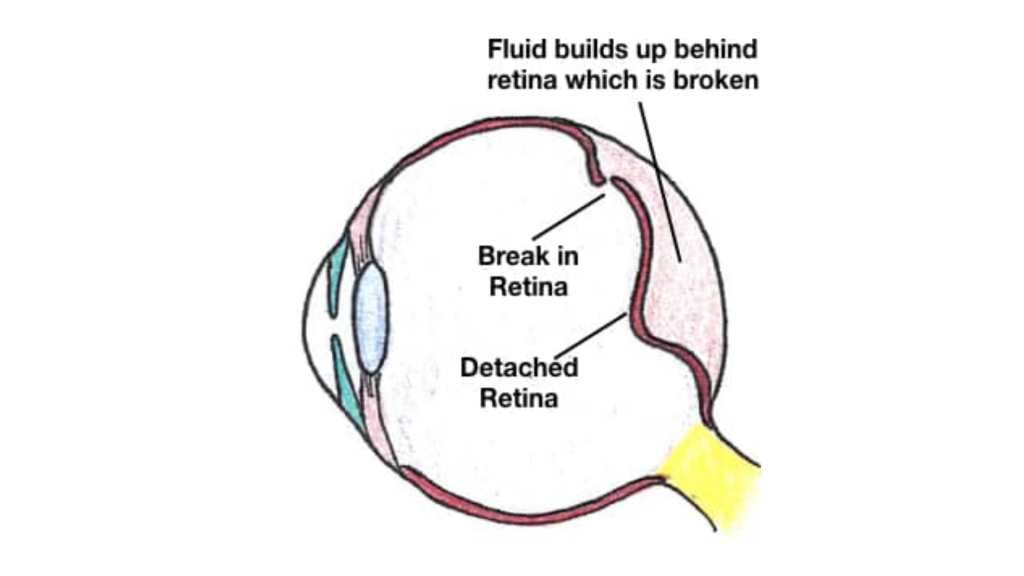
Tractional Retinal Detachment
What causes tractional retinal detachment?
The most common cause of tractional retinal detachment is diabetic retinopathy — an eye condition in people with diabetes. Diabetic retinopathy damages blood vessels in the retina and can scar your retina. As the scars get bigger, they can pull on your retina and detach it from the back of your eye.
If you have diabetes, it’s important to get a comprehensive dilated eye exam at least once a year. Managing your diabetes — by staying physically active, eating healthy foods, and taking your medicine — can also help you prevent or delay vision loss.
Other causes of tractional retinal detachment include eye diseases, eye infections, and swelling in the eye.
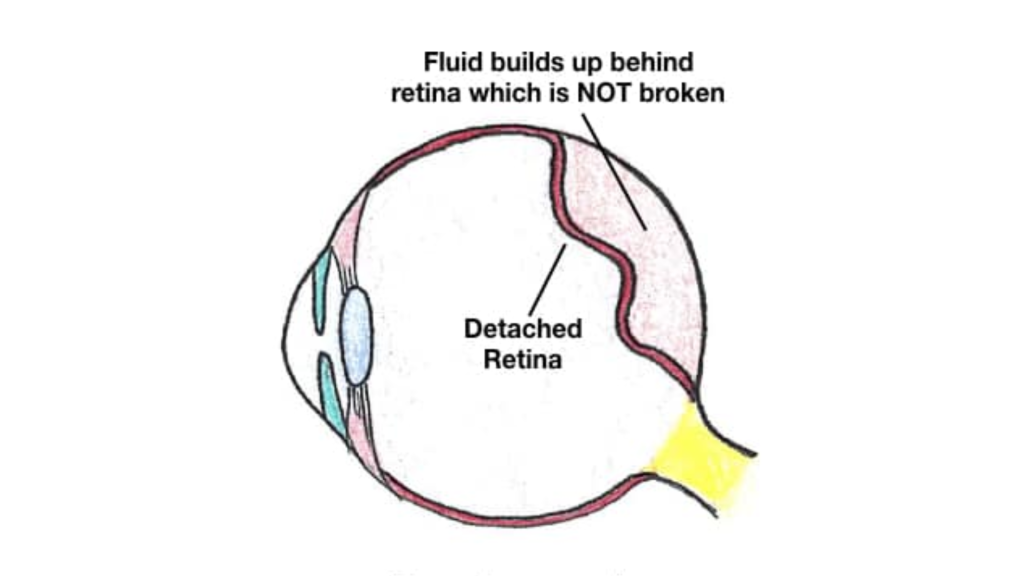
Exudative Retinal Detachment
Exudative retinal detachment happens when fluid builds up behind your retina, but there aren’t any tears or breaks in your retina. If enough fluid gets trapped behind your retina, it can push your retina away from the back of your eye and cause it to detach.
What causes exudative retinal detachment?
The most common causes of exudative retinal detachment are leaking blood vessels or swelling in the back of the eye.
There are several things that can cause leaking blood vessels or swelling in your eye:
- Injury or trauma to your eye
- Age-related macular degeneration (AMD)
- Tumors in your eye
- Diseases that cause inflammation inside the eye
- Coats disease, a rare eye disorder

